Search
Summary 
Loading AI-generated summary based on World History Encyclopedia articles ...
Search Results
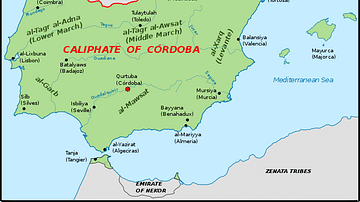
Image
The Iberian Peninsula, c. 1000 CE
A map of the Iberian peninsula c. 1000 CE showing the divide between the Muslim Caliphate of Cordoba in the south and the Christian kingdoms in the north.
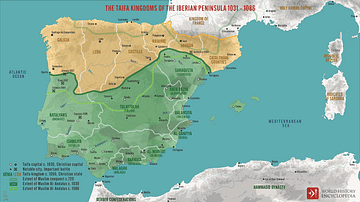
Image
The Taifa Kingdoms of the Iberian Peninsula, 1031-1086
A map illustrating the fragmented political situation in Al-Andalus (the Muslim-ruled area of the Iberian Peninsula) after the collapse of the Umayyad Caliphate of Cordoba in 1031. Known as taifas (from Arabic "party" or "faction"), numerous...
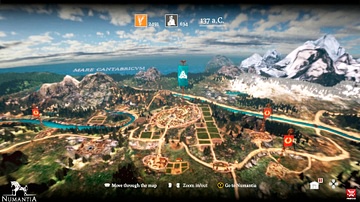
Interview
Interview: Numantia - Recreating the Ancient Iberian World
RECOTechnology is a small game-developer studio based in Madrid, Spain. Their latest video game - Numantia - allows players to explore the conflicts between the ancient Iberians and ancient Romans. James Blake Wiener of Ancient History Encyclopedia...
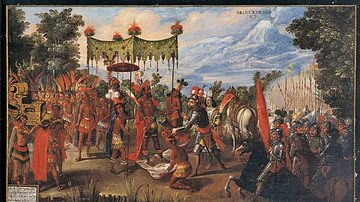
Article
The Iberian Conquest of the Americas
European explorers began to probe the Western Hemisphere in the early 1500s, and they found to their utter amazement not only a huge landmass but also a world filled with several diverse and populous indigenous cultures. Among their most...
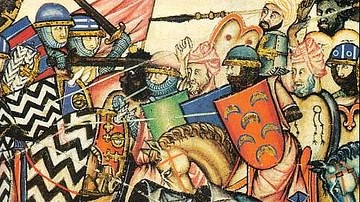
Definition
Reconquista
The Reconquista (Reconquest) or Iberian Crusades were military campaigns largely conducted between the 11th and 13th century CE to liberate southern Portuguese and Spanish territories, then known as al-Andalus, from the Muslim Moors who had...

Definition
Italy
The Italian Peninsula or Apennine Peninsula is one of the three peninsulas of Southern Europe (the other two being the Iberian Peninsula and Balkan Peninsula), spanning 1,000 km from the Po Valley in the north to the central Mediterranean...
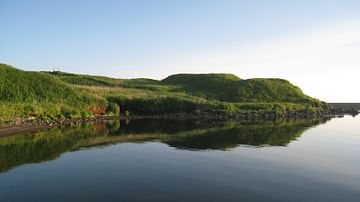
Image
Nemuro Peninsula Chashi
The Nemuro Peninsula Chashi Sites are a series of hilltop fortifications built by the Ainu. The earthen palisades were built between the 16th and 18th Century, and are associated with the 1789 Menashi–Kunashir rebellion. Hokkaidō, Japan.
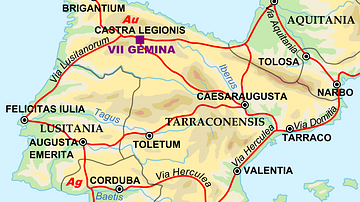
Image
Map of the Iberian Penninsula in 125 AD
A map showing Iberian peninsula in 125 AD including important roads, locations of legions and gold (Au) and silver (Ag) mines.
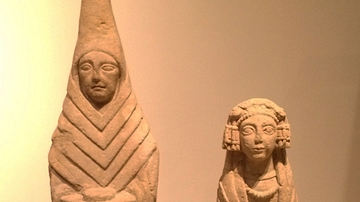
Image
Iberian Female Offerants
These offering bearers made from limestone are the most common type of representation found at the ancient Iberian Shrine of Cerro de los Santos (Montealegre de Castillo, Albacete) in Spain. These specimens date from the 3rd-2nd century BCE...
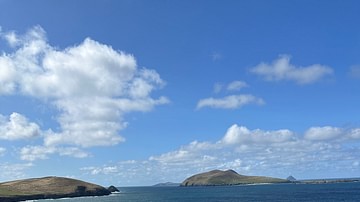
Image
View from the Dingle Peninsula, County Kerry, Ireland
View from a stretch of the Dingle Peninsula, County Kerry, Ireland.